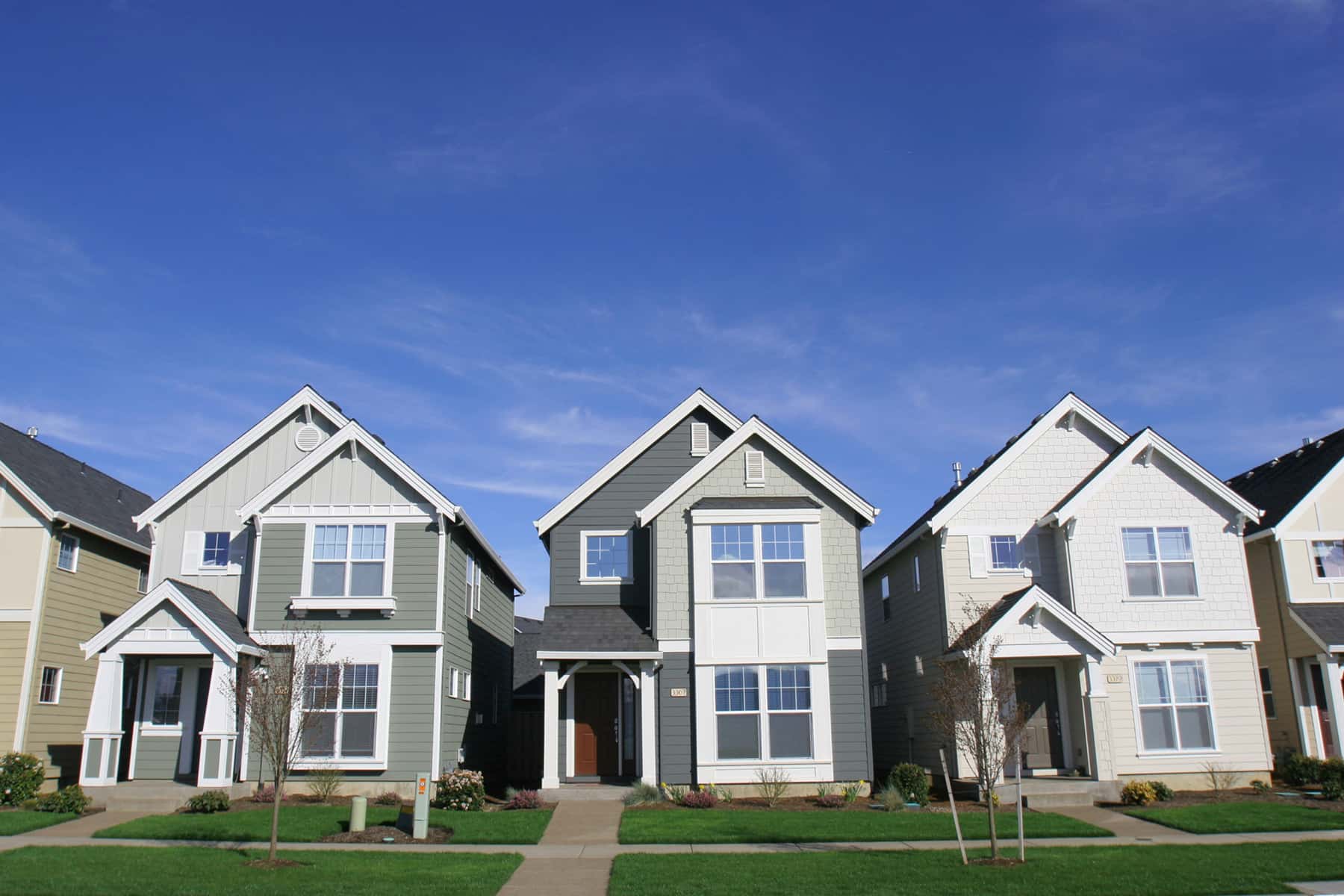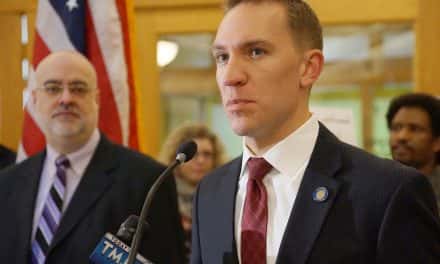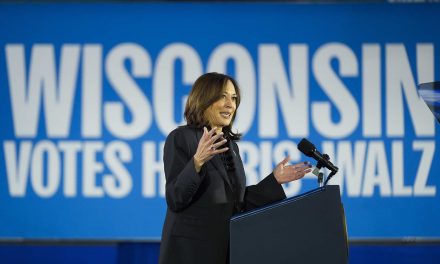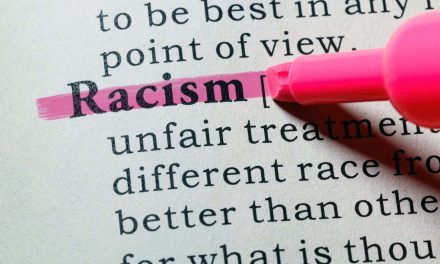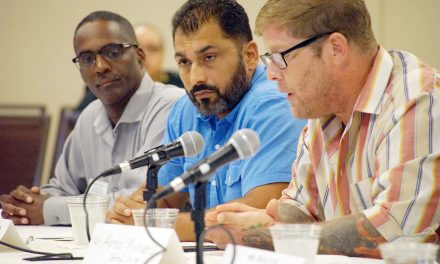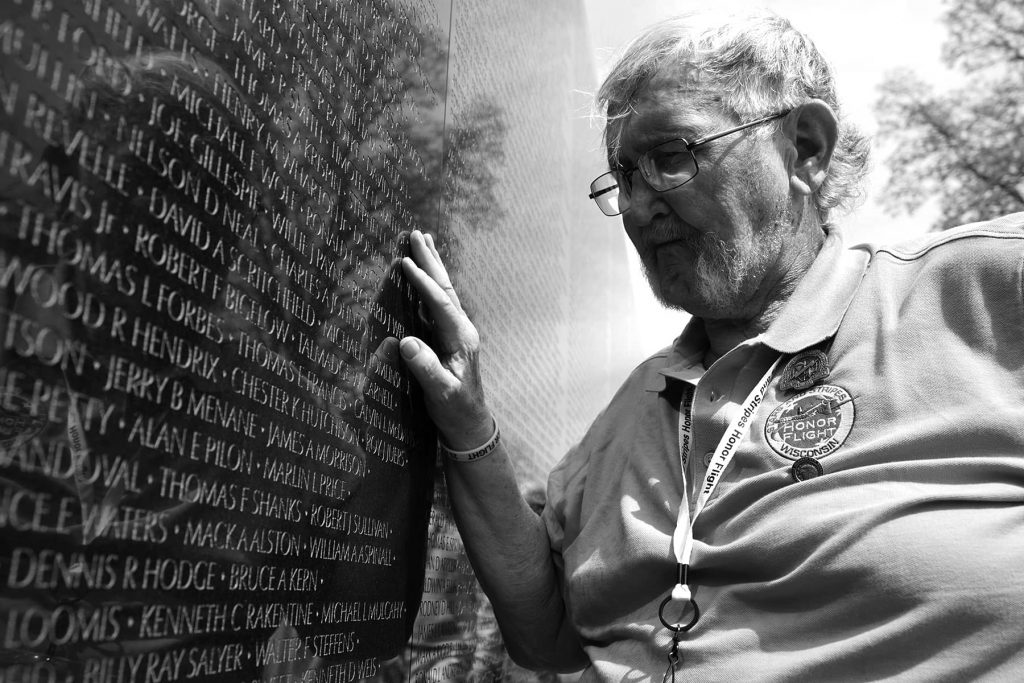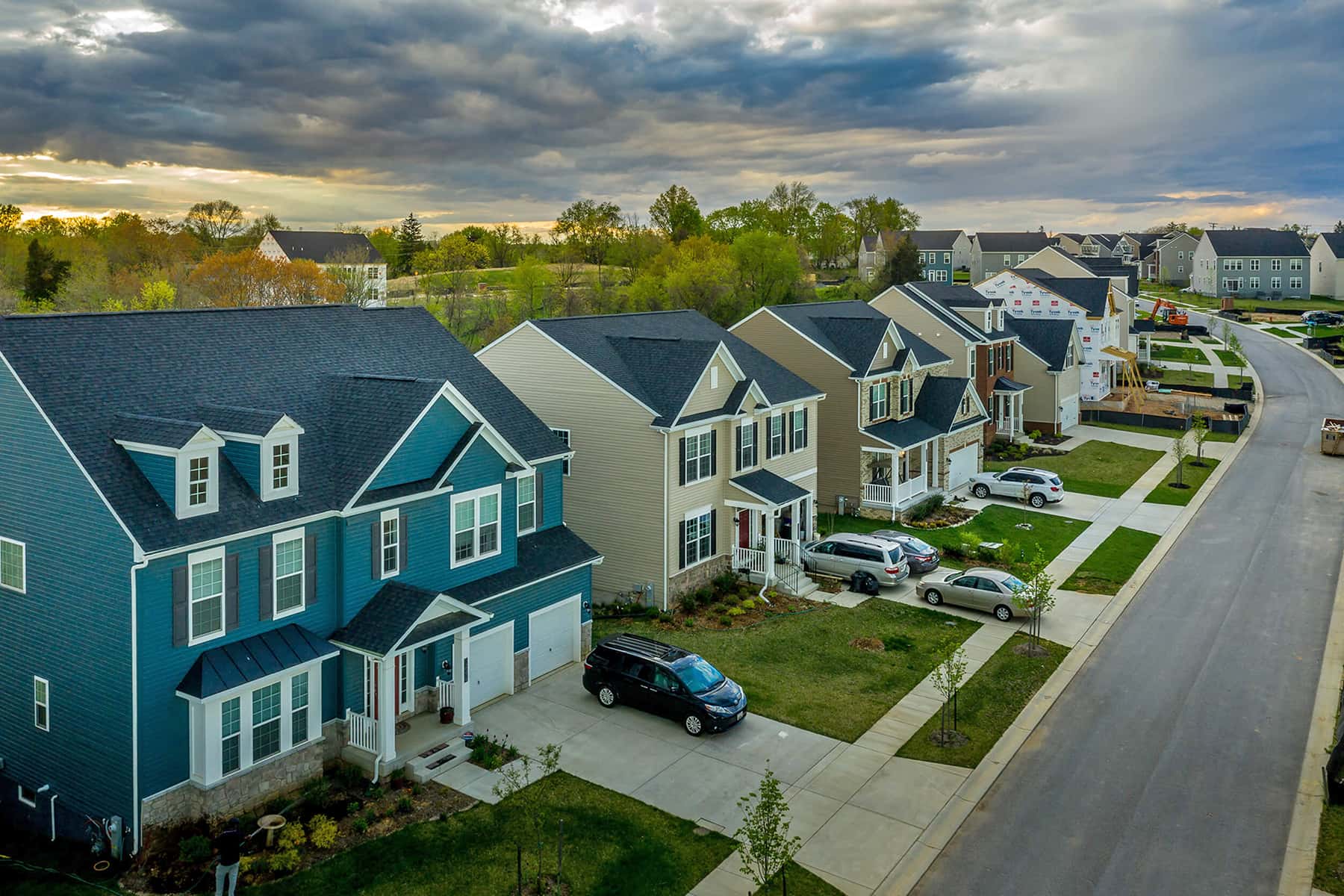
Utopia: an imaginary island described in Sir Thomas More’s book “Utopia” (1516) as enjoying perfection in law, politics, etc.; an ideal place or state.; any visionary system of political or social perfection.
I am often asked why Milwaukee’s suburbs are so segregated. People then ask a follow up question. What can we do about it? The answers to both questions are complicated yet at the same time simple.
Suburbia was built as a place for White people to escape central cities. Why do I say White people you may ask. Well it is clear from studying the history of suburbs, whether here in Milwaukee or elsewhere, that they were designed to be all-white spaces. When we look at how white they are today, it is evidence of how white they have been since their inception. It was not accidentally all-white, they were planned to be all-white and still remain mostly white to this day in metro Milwaukee.
This comes as a shock to some. We have all been told that people “self-segregate.” Let me correct this myth. Only White people have had the power and inclination to self-segregate. They exclusively, had the assistance of local, state and federal government agencies, the real estate industry, urban planners, bankers and other lenders as well as laws and courts to create segregated spaces. The only exceptions were all-black towns created by formerly enslaved Blacks after the Civil War which generally did not last into the twentieth century.
At the turn of the twentieth century, America was becoming more integrated. This continued until the period right around WWI. Prior to the war, in states that bordered the South, White people began to create a method to keep people out of their neighborhoods that were not White. They passed zoning ordinances which restricted neighborhoods to just White occupants.
Why did they do so? Because Black people had begun fleeing the Jim Crow South in large numbers to get away from lynch mobs and anti-black race riots and came close to White neighborhoods.
Most of us did not learn about lynchings or anti-black race riots in school. In the late 1800s lynchings across America were a regular occurrence. During the 1890s there were an average of 154 documented lynchings per year with mostly Black victims. Every three days during that decade a Black person was lynched somewhere in the land of the free and home of the brave.
In 1898 a raging mob of angry Whites, upset that Blacks had been elected in Wilmington, North Carolina staged the only known coup d’etat in United States history. At least fourteen Blacks were killed and many fled the city, never to return. Just seven years later another mob of angry Whites killed dozens of Blacks in Atlanta, Georgia. In Lincoln’s birthplaces, Springfield, Illinois, Whites killed Blacks in another orgy of anti-black violence.
In the first decade of the twentieth century, anti-black race riots in the North were all the rage. Evansville and Greensburg, Indiana, New York City, and Springfield, Ohio were the sites of anti-black race riots. They continued in 1919 with over two dozens such riots by Whites as well as the Race Massacre in Tulsa in 1921, the most well known and infamous twentieth century anti-black race riot. At the same time these violent events were occurring around the country, massive numbers of immigrants from Europe were arriving at Ellis Island seeking a new life.
From 1880 until 1920 over 20 million immigrants arrived in the United States. Most of them were from Europe, with lesser amounts from Canada and Latin America. The European immigrants came mostly from Central, Eastern and Southern Europe in the 1890s. They were quickly indoctrinated in the racial dynamics of America. They witnessed and participated in the anti-black violence.
More than 4 million Italians arrived from 1890 through 1920. Over 2 million Jews escaping the pogroms in Eastern Europe arrived between 1880 and 1920. Nearly 1.5 million immigrants arrived in 1907, the largest number for any year. Many of these newly arriving immigrants arrived in big cites like Chicago, Detroit, New York, Philadelphia and Milwaukee. In the early 1900s Milwaukee was the most foreign born city in the country with a higher percentage of foreign born residents than any city in the United States.
Big cities became overcrowded, and with the invention of and purchase of automobiles, they became places that were considered anything but desirable. If the arrival of all of these White immigrants wasn’t bad enough for the native born Whites, Blacks began to arrive as well. In the oldest residential neighborhoods in Milwaukee, these immigrants and Blacks lived in close proximity. The area known as the “black belt” was populated by both Blacks and recently arriving Jews just north of downtown. Poles and Italians were mostly on the South side of the city. The growing industrial base of Milwaukee employed large numbers of immigrants but very few Blacks. Blacks preferred to go to places like Cleveland, Chicago, and Detroit instead of coming to Milwaukee until the 1940s.
Across the country, Whites began to show their great displeasure by pushing for the draconian 1924 Immigration Act which drastically cut immigration into the U.S. They also started to propose and write racial zoning laws to keep Blacks out of their neighborhoods. These racial zoning ordinances spread far and wide leading to a court challenge by Blacks.
The 1917, Warley v. Buchanan U.S. Supreme Court case made these racial zoning ordinances illegal. The court ruled that these ordinances were a violation of the 14th Amendment’s equal protection clause, infringing on contractual freedom by interfering with private property sales between Whites and Blacks. The caveat to the decision was that it only applied to legal statues and not private contracts.
This led to the use of racial restrictive covenants, a private contract with the same impact as the racial zoning ordinances but much more widespread. The first known instance of this tool of segregation in metro Milwaukee was in 1919, when the Washington Highlands subdivision homeowners association in Wauwatosa wrote a covenant restricting the space to Whites only.
“At no time shall the land included in Washington Highlands or any part thereof, or any buildings thereon be purchased, owned, leased, or occupied by any person other than of the white race. This prohibition is not intended to include domestic servants while employed by the owner or occupant of any land included in this tract.”
This set the trend for dozens more subdivisions around metro Milwaukee. According to the report, Racially Restrictive Covenants: The Making of All-White Suburbs in Milwaukee County, by Lois Quinn and the Metropolitan Integration Research Center, eventually sixteen of the eighteen suburbs in Milwaukee County used these covenants to keep Blacks out. They did not find any in Oak Creek or River Hills but did not rule out that they might have used them as well.
“By the 1940’s at least sixteen of the eighteen Milwaukee County suburbs were using racially restrictive covenants to exclude black families from residential areas…For example, subdivisions established in 1927 in Cudahy, Shorewood, West Milwaukee, Whitefish Bay, and Wauwatosa excluded all non-Caucasian families. In the 1930’s subdivisions created in Bayside, Fox Point, Glendale, Greenfield, Hales Corners, St. Francis and South Milwaukee categorically excluded blacks. In the 1940’s Brown Deer, Franklin, Greendale, Hales Corners, St. Francis, and West Allis were still using covenants to exclude blacks from newly created subdivisions. As late as 1958, ten years after the United State Supreme Court outlawed judicial enforcement of these covenants, race restrictions were recorded in the courthouse for a new subdivision in Greendale.”
Decades later, White people ask me why the suburbs are so segregated and what we can do about it. There is an underlying assumption that Black people want to move to these communities in large numbers. I doubt that they do. There are more than enough Blacks in Milwaukee that could easily afford to live in the burbs but chose not to.
The latest U.S. Census Bureau estimates for 2019 show a population of 945,276 residents of Milwaukee County, 404,198 in Waukesha County, 89,221 in Ozaukee County and 136,034 in Washington County. The percentage of Blacks in those places is instructive. Milwaukee County (26%), Waukesha County (1.6%), Ozaukee County (0.6%), and Washington County (1.6%).
In Milwaukee County 245,476 Blacks are residents but most (224,284) live in the city of Milwaukee. That means that 91.4 percent of all Blacks in Milwaukee County live within the borders of the city of Milwaukee. That is the lowest percentage in the suburbs of any of the most highly segregated metro areas in the country. By comparison, in Buffalo (75.1%), Detroit (77.5%), Chicago (65.7%), and Cleveland (51.6%), a significant percentage of Blacks live in the central city within their respective counties of Erie, Wayne, Cook and Cuyahoga respectively.
So what is it that keeps Blacks out of Milwaukee’s suburbs? According to a 2005 report entitled City of Milwaukee Analysis of Impediments to Fair Housing by the Metropolitan Milwaukee Fair Housing Council (MMFHC) there are multiple barriers still in place many years after local, state and federal laws were passed making housing discrimination illegal.
They listed issues in the city of Milwaukee as well as in our suburbs. In Milwaukee they listed these: Lack of Required Enforcement Mechanism for Complaints of Discrimination; City of Milwaukee Housing and Employment Discrimination Ordinance; Lack of Housing Units Accessible to Persons with Disabilities; Overcrowded Housing; Affordable Housing Supply; Group Homes or Community Living Arrangements; Community Development Block Grant (CDBG) Funding Policies; Fair Housing Litigation Involving the City; and Milwaukee Public Schools.
The report states that the city Equal Rights Commission did “not have the capacity to conduct intake or investigation of housing discrimination complaints.” It also stated that the City ordinance protecting residents form discrimination in housing “includes provisions that are inconsistent with, and in some instances more restrictive than, federal and/ or state fair housing laws. Moreover, the Ordinance provides vague and inadequate enforcement mechanisms for persons who bring claims under this Ordinance.” It listed limited supply of affordable and accessible housing for poorer residents and those with disabilities. The report said, “the City’s failure to leverage Block Grants for increased private investment; Block Grant dollars are increasingly allocated to fund City departments; and the lack of post-purchase housing counseling.” It also discussed two major legal actions initiated against the city related to zoning issues and Milwaukee Public School “development of alternative school options for area students” as being problematic.
In the suburbs they listed “opposition to housing for families with children, opposition to affordable housing through NIMBYism, impact fees, exclusionary zoning codes, exclusionary public housing or Section 8 Rent Assistance Vouchers and inadequate public transportation” as well as “obstacles to fair housing in the housing production, mortgage lending, homeowners insurance, rental, and home sales markets” and “a lack of programs that provide financial incentives to developers to build accessible housing” and stated that, “Discrimination in mortgage lending prevents or impedes home seekers from obtaining the financing normally required to purchase a home.”
State and federal impediments listed in the report include: Cuts in funding to the Section 8 Housing Choice Voucher Program; No Regional Housing Strategy or Plan; Attack on the Community Reinvestment Act; Efforts to Weaken Wisconsin’s Smart Growth/Comprehensive Planning Law; The Lack of Resources and Incentives for Affordable Housing Developers; Wisconsin Housing and Economic Development Authority’s (WHEDA) Low Income Housing Tax Credit (LIHTC) Program; and The Lack of Infrastructure Between Medicare/Medicaid and Section 8.
An October 2020 report, Regional Analysis of Impediments to Fair Housing, by a collaborative formed by the City of Milwaukee, City of Wauwatosa, City of West Allis, Jefferson County, Milwaukee County, Ozaukee County, Washington County and Waukesha County looks at current issues. This report was “required by federal law and Department of Housing and Urban Development (HUD) regulations.”
“More important, the creation of the Collaborative was groundbreaking for the geographic area these jurisdictions encompass. It recognized the reality that the many factors inhibiting or denying individuals fair housing choice and access are rarely confined or isolated to a single community, particularly in and adjacent to urban areas. In addition, these impediments are by their nature contentious, systemic, and longstanding. To address these issues comprehensively, multiple jurisdictions must be: able, first, to identify them; willing to acknowledge them; open to understanding how they affect access to fair housing in the region as a whole; and prepared to actively and jointly pursue strategies to remove them.”
They identified 15 impediments: : Lack of a Regional Housing Strategy or Plan; Lack of Regionally Dispersed Affordable Housing; Restrictive Local Land Use Regulations and Other Ordinances; Restrictive Zoning Regulations for Group Homes and Community Living Facilities; Prevalent “Fear of Others” Exists among Residents, including NIMBYism; Strong Jobs-Housing-Transit Mismatch; Lack of Fair Housing Guidance and Enforcement; Lack of Accessible Housing for Persons with Disabilities; Gap in Homeownership by Racial and Ethnic Minorities Compared to White Households; Overcrowded Housing; Extensive Use of Evictions; Lack of Private Investment in Specific Neighborhoods in Milwaukee; Gentrification of Some Neighborhoods Surrounding Downtown Milwaukee; Racial and Ethnic Disparities in Mortgage Lending, Insurance, and Appraisal Practices; and: Lack of Awareness.
It is easy to see that many of the impediments they identified are the same as those listed by the MMFHC in 2005. What has changed is that very little has been done to address these impediments over the past fifteen years. There has been a lack of real action by policy makers and elected officials to do something substantial about these impediments which contribute to the segregated nature of metro Milwaukee.
People talk a good game but don’t walk the walk. Segregation in metro Milwaukee is endemic meaning that it is “persisting in a population or region, generally having settled to a relatively constant rate of occurrence.” It is not a simple fix because it developed over decades and continues because of a very complicated set of circumstances. However, going back to its’ basic foundation, it is clear that the desire of Whites years ago to keep their communities all-white is still alive in policies and practices despite rhetoric about equity.
The 2020 report tells us that, “Race and disability are the most frequently cited bases of housing discrimination complaints that are filed with the State of Wisconsin, HUD, and the Milwaukee Metropolitan Fair Housing from the Collaborative area.” NIMBYism is alive and well. Many whites in our suburbs claim to support integration. However, that support only exists as long as it is not in their neighborhood.
Blacks in metro Milwaukee realize we are not welcomed in the suburbs. Racial profiling by police, racial profiling while shopping and microaggresions expressing whites disenchantment with Blacks being in their spaces as well as challenges with our suburban schools treating students and parents of color as outsiders and a “nuisance” are clear signs that tell us we are not welcome.
There is no rational reason Black people would be in a big rush to move to suburbs around Milwaukee in large numbers. It makes more sense to leave Milwaukee and move to Texas, Arizona, Georgia, North Carolina and other more welcoming places in the South. How ironic that Blacks left the South to escape racism but are now returning to those places to escape the racism in the North.
If white people continue to believe we can fix segregation with check-the-box practices and policies they are delusional. Your neighborhoods that you cherish so much are not that attractive to Black people. We don’t want to sit in rush hour traffic every morning and afternoon so we can live in the burbs. Black people want to see diversity in their neighborhoods. Being the first or only Black on the block is not something many of us aspire to be.
Get over the arrogance of thinking your little “utopias” in the suburbs are so desirable to Black folk who live in Milwaukee. They are not for many of us.

